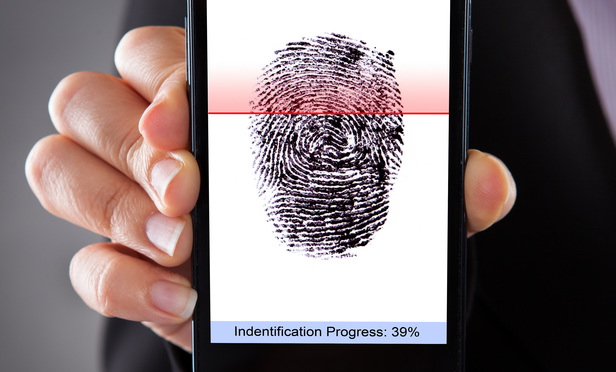In Sweden, 95 percent of transactions are digital.1 Its payment engineers even hope to see a move to a DNA-based payment model. Said one, perhaps tongue-in-cheek: “My favorite payment actually is DNA payment. You spit in a cup next to the cashier … it’s the absolutely safest way, right? … Someone would have to copy your DNA.”2
As hackers beat form after form of authentication, more and more companies are turning to biometrics to know who’s who. The epidemic of identity theft continues, making novel biometric forms of identification all the more reasonable. As regulators push to limit uses of SSNs, device-identified data, and other traditional forms of identification, biometrics provides an attractive alternative to those whose businesses run on personal information. A new report from Juniper Research3 has found that more than 770 million biometric authentication applications will be downloaded per year by 2019, up from just six million this year and dramatically reducing dependence on alphanumeric passwords in the mobile phone and other markets.



